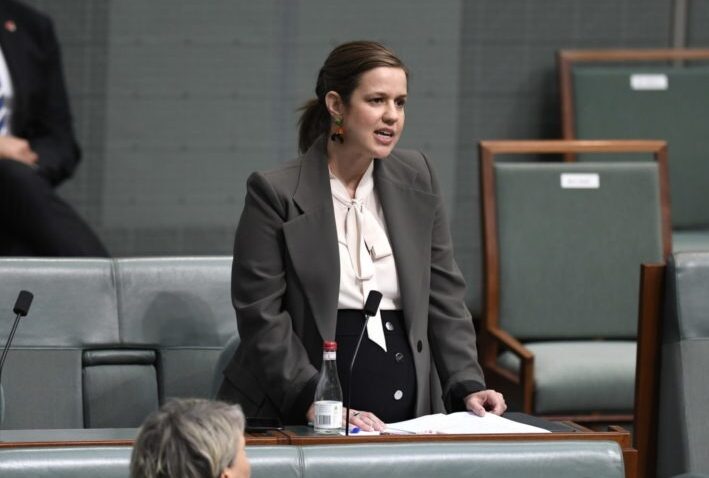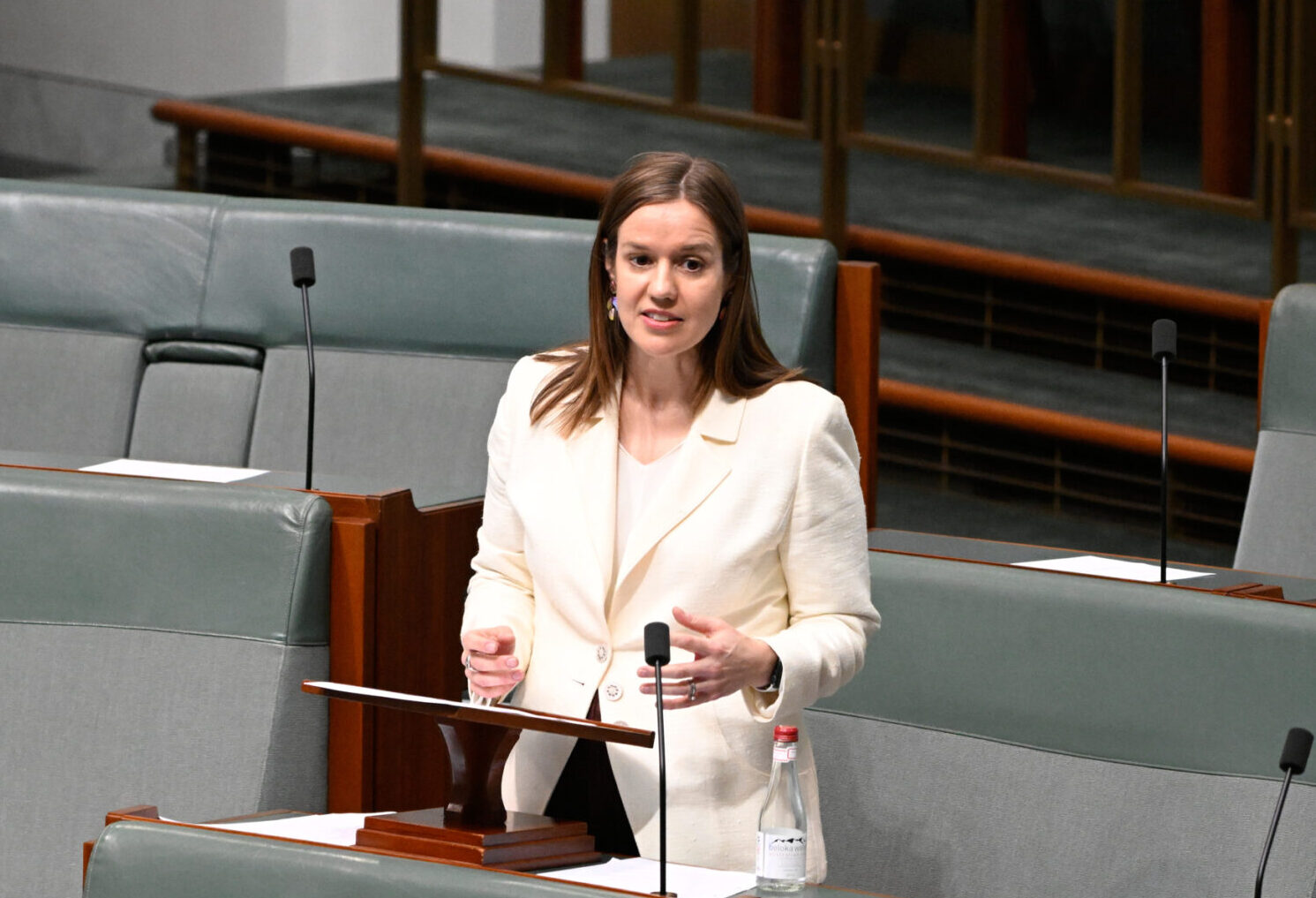I move:
That this House:
(1) notes that:
(a) 11 October 2019 is International Day of the Girl Child, which promotes human rights and supports action on gender inequality across the globe; and
(b) this year’s theme is ‘GirlForce: Unscripted and Unstoppable’ to celebrate achievements by, with and for girls since the Beijing Declaration and Platform for Action and the Convention on the Rights of the Child;
(2) acknowledges that:
(a) movements across the world are stepping up to address discrimination, exploitation and abuse facing girls, including stopping child marriage, promoting girls’ education and standing up to gender-based violence; and
(b) more needs to be done, with girls across the world still suffering disadvantage in many areas of their lives which can severely limit opportunities and life outcomes;
(3) calls on the Government to:
(a) develop policies that will ensure Australian girls have every opportunity to live lives free from discrimination and achieve their potential; and
(b) actively work to support international communities to end gender-based discrimination and create opportunities for girls’ voices to be heard; and
(4) urges all Members of Parliament to take the lead in promoting gender equality in their own communities.
It’s my pleasure to move this motion today to acknowledge the International Day of the Girl Child and recognise the work being done to promote gender equality here in Australia and across the world. The theme for this year is ‘Girlforce: unscripted and unstoppable’, celebrating the achievements we have made since the Beijing Declaration and Platform for Action, and the Convention on the Rights of the Child.
I remember as a teenager in 1995 listening to Hillary Rodham Clinton’s speech in Beijing, where she declared human rights are women’s rights and women’s rights are human rights. It was a message that carried and resonated with women and girls across the world. The Beijing declaration provided a framework to advance and measure the rights of women and girls globally. It called for women to be able to realise all of their human rights and to be able to live without violence, to be able to attend school and complete education, to earn equal pay for work and to be able to choose when and where they marry. Almost 25 years later, we do have progress to celebrate. We are seeing more girls attending and completing school, fewer girls being forced into marriage and more girls speaking out and leading movements for change across the world. Figures from UNICEF show that in the past decade the proportion of girls married as children has decreased by 15 per cent. From 2000 to 2016, the number of girls out of school at a primary level fell from 58 million to 34 million. Young girls today can look around them and see other girls who are unstoppable as powerful agents of change—girls such Nobel laureate Malala Yousafzai, who has fought for girls education, and Greta Thunberg, who has inspired a global movement for climate change action.
The number of women elected to this place has been increasing and we are inching closer to equal representation. We have more women than ever before as representatives here in this parliament. To mark International Day of the Girl Child, many of us have had girls or young women shadowing us as part of the Girls Takeover Parliament program. I really hope that this experience helps these young women to see a door open for them to be a voice in parliament. I also hope that it holds all of us already here to account, to remember that we have to speak up on their behalf.
Also marking this important day, Plan International have released their latest research report, She has a plan: the unique power of girls to lead change, in which almost 1,500 girls and young women from around Australia shared their hopes, dreams and concerns for the future, along with the people who inspire them. The Plan International report found that, overwhelmingly, girls and young women are eager to lead change on the social issues facing their generation. In fact, a whopping 91 per cent of those surveyed expressed exactly this. These girls and young women look up to fierce, determined and unapologetic female leaders for their inspiration, and I am so pleased to hear this.
Importantly, they often cite their mothers as a main source of support in their lives—a responsibility that, as the mother of a very young daughter, I’m very conscious of and very privileged to hold. Of course we are not there yet, and our government must do its part in making sure all young women can reach their full potential and live out their dreams and hopes for the future.
Too many girls still face barriers such as violence and sexism and are prevented from gaining an education. Education does bring power and it does bring change. Some estimates show that, for every year of secondary schooling a girl receives, her earning ability is boosted by as much as 25 per cent. That’s why it is particularly concerning that Australia’s foreign aid budget for education decreased from almost $800 million in 2014-15 to just over $600 million in 2019-20.
Girl force truly is unstoppable, but we all have a responsibility to be active in recognising and addressing the systemic disadvantage and discrimination against girls in Australia and globally. It’s an effort we must all dedicate ourselves to.

